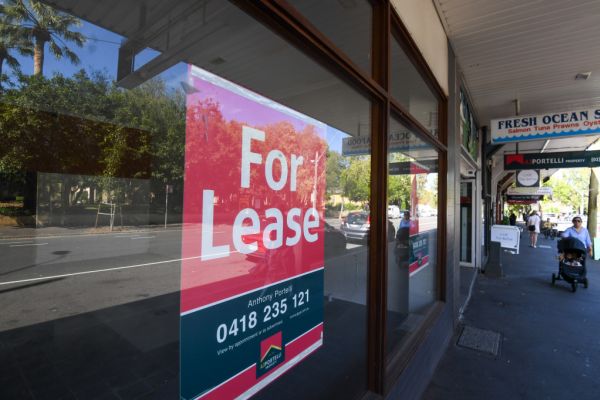 Vietnamese
Vietnamese
Commercial tenants and landlords at a ‘stalemate’ after rent relief measures end
There is an air of uncertainty as commercial landlords and tenants enter into lease agreements and negotiations as stimulus measures and rental relief efforts introduced last year are wound up across the country.

The moratorium on rent increases has ended in Victoria, paving the way for rent hikes and evictions. Photo: Peter Rae
In Victoria, the moratorium on rent increases and notices to vacate ended on March 28, paving the way for rent hikes and evictions as landlords weigh up new tenants.
Rental relief agreements between landlords and tenants have now ended in all states except Queensland, where the relief period was extended to April 30. The changes coincide with the end of the federal government’s JobKeeper payments to COVID-affected businesses, raising concerns it could spell a wave of distressed selling.
Commercial property adviser Tim Maunsell, of Maunsell Property Consultants, said businesses and landlords had so far been reluctant to enter into negotiations over new agreements.
“It’s all been put in the too-hard basket,” he said. “It’s a stalemate. Everyone is just waiting to see what will occur.”
Mr Maunsell said the situation was complicated by the fact that each tenancy had been affected differently throughout the pandemic.
“Supermarkets haven’t been negatively impacted at all while places like Flight Centre obviously have.”
Larger landlords were therefore unsure of what precedent to set for future agreements. “If they make a decision on one, they have to make a decision on 1000,” he said.
Throughout the pandemic, Mr Maunsell acted as a mediator between landlords and tenants in Sydney, Brisbane and Melbourne, negotiating reduced rent for affected businesses.
“The worst offenders were the bigger landlords, to be honest. I know they have to look after the shareholders but they didn’t really look after the little fellas,” he said. “The ‘ma and pop’ superannuation funds went out of their way to help tenants and avoid any vacancy.”
Mr Maunsell said some some landlords would be looking to recoup their losses, adding that he knew of one landlord whose monthly rental income fell from $50,000 to $12,000, which barely covered his outgoings.
Vacancy rates would “absolutely” be influenced by the end of relief measures, he said. “There’ll be a lot of churn. It’s still pretty hairy at the moment.”
Small Business Council of Australia chief executive Peter Strong said he was very concerned for businesses that were in debt to their landlords.
“I’m worried landlords will apply their normal business practices, which is to take businesses to court to get their money. That’s when people lose houses,” he said. “They’ve got a history of doing that.”
Mr Strong said some property owners would prefer an empty shop than reduced rent.
“The value of a retail property is based on the rent you can get. If the rent drops, so does the value of the property,” he said. “That’s the issue we have now. What is the valuation of retail and offices?”
Real Estate Institute of Victoria president Leah Calnan said most landlords and property managers had shown empathy to tenants while battling their own hardships.
“Commercial tenants received some good support from government through legislated rent reductions,” she said. “It is important that landlords make sure that they access the incentives put in place to assist them manage the loss in rent.”
In Melbourne’s CBD, office landlords are bracing for tough conditions over the next two years. Vacancy rates are expected to rise from 8.2 per cent in January to a peak of 11.1 per cent in January 2022, according to a research report from Knight Frank.
Knight Frank director of office leasing Hamish Sutherland said Melbourne’s office market was nevertheless well placed to weather the COVID-19 storm.
“The first steps to recovery have begun as the rollout of the vaccine commences and office workers start returning to the city,” he said.
“As the year unfolds we anticipate leasing activity to pick up as businesses make decisions on how their operations will adjust to life post-COVID.”
By ALLISON WORRALL

